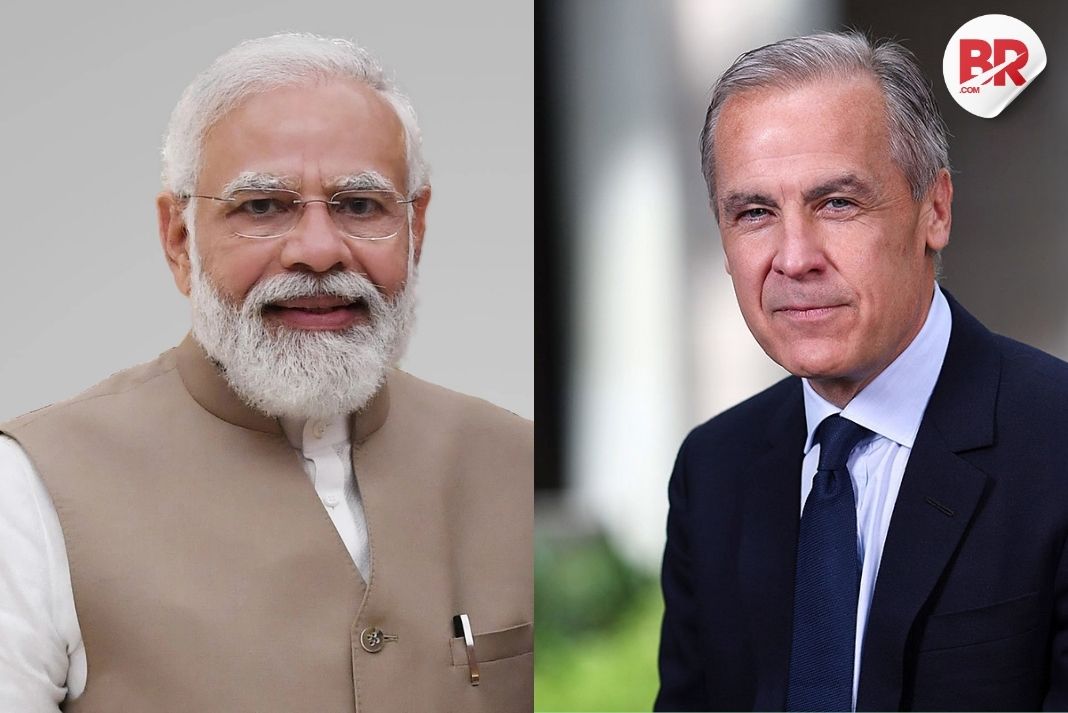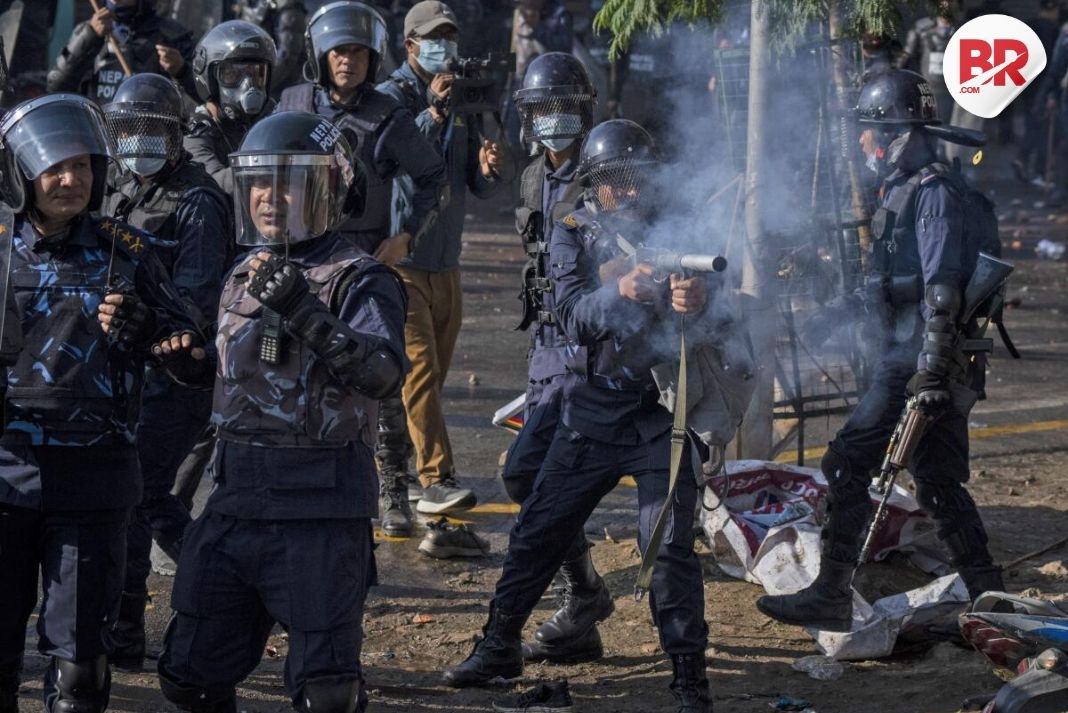
The Indian rupee gained 64 paise against the US dollar, closing at 86.10 on Friday. This happened because the US dollar dropped sharply against other major currencies after a surprising decision by US President Donald Trump to pause certain trade tariffs. The dollar index, which tracks the US dollar’s strength against six major currencies, fell below the 100 mark for the first time in three years.
Trump made an unexpected move by halting some tariffs that were set just a day earlier, which led to the dollar weakening. However, tariffs on Chinese imports were still raised significantly to 145%, and China responded with a 125% tariff on US goods. This created a lot of uncertainty in the markets, making investors reconsider their positions.

The rupee opened at 86.22, gaining 46 paise against the dollar, and it even rose to 85.95 during the day. It eventually settled at 86.10, marking a 59 paise gain. The dollar index fell by 1.52%, standing at 99.335. Analysts believe that the outcome of the ongoing US-China trade conflict will be crucial for the market, as it could impact other emerging markets as well.
Dilip Parmar, Senior Research Analyst at HDFC Securities, said the rupee appreciated after three days of decline, supported by stronger regional currencies and improved risk sentiment. The US government’s decision to pause certain tariffs and the back-and-forth tariff increases between the US and China affected the dollar negatively. However, the analyst added that currency markets may continue to see fluctuations since the trade war is unlikely to end soon. Concerns about a possible US recession and lower Treasury yields have also contributed to the dollar’s decline, helping the rupee gain.
Jateen Trivedi, VP of Research at LKP Securities, mentioned that the rupee gained significantly, supported by a weaker dollar and positive sentiment from the US decision to ease tariffs on Indian goods for the next 90 days. This decision was welcomed by markets, as it could lead to better trade relations between the US and India, potentially reducing trade tensions in the future.
In addition, the Indian stock market saw a rise, reflecting optimism about improved trade ties and reduced risk for Indian exports. Both global factors and strong domestic stock market performance helped support the rupee’s strength. In the short term, the rupee is expected to stay between 85.50 and 86.50, as long as global risk sentiment remains stable and foreign investments continue to flow into India.
While the rupee’s rally is expected to continue due to the weak dollar and ongoing trade tensions, any continued global economic uncertainty or trade war concerns could impact the rupee’s performance in the future.












